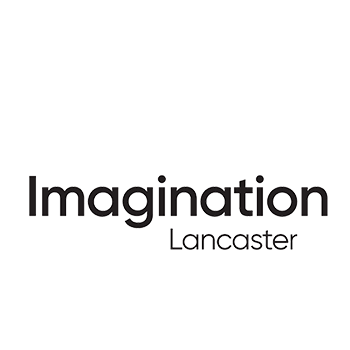Badziili Nthubu, Leon Cruickshank, and Rosendy Galabo delivered the workshop 26: Designing Innovation Ecosystems from Scratch: What is your ecosystem role? (462) to test an ecosystem visualisation tool with delegates at the DRS2020 virtual conference. The tool is designed to elicit dialogue amongst actors through co-creating visualisations of their networks and was developed through engaging with manufacturing SMEs in both the UK and Botswana.
This workshop was originally planned to be happen at Griffth University in Brisbane Australia, but due to the covid-19 outbreak, it had to be moved from Brisbane to a virtual space. Considering this opportunity to apply the principles for designing distributed co-design approaches (see DisCO project), we turned this workshop from physical to digital using Microsoft Teams and Miro as the online platforms to enable creative interactions between participants. This redesign process involved reducing the workshop duration from 90 minutes to 1 hour, and simplifying creative interactions to enable an appropriate distributed co-design approach.
In our workshop, delegates used the tool to map contacts against their combined criteria for networking to design and sustain a research ecosystem. It was exciting to see participants using MIRO whiteboard to design positions of actors and connections, visualise and explore potential connections between participants. They were curious about the combined visualisation output, and started asking questions like; ‘why do we both have a weak relationship under these criteria, e.g. ethics?’ or ‘why do you have a strong relationship with that actor?’ how can you help me to access that actor?’ It is this curiosity that excited us the most.
This project is part of Beyond Imagination to contribute versatile co-design tools that might aid as many people as possible to solve their everyday problems. Understanding ecosystems around us as humans is critical because ecosystems are messy and continually changing, hence the need to understand this, and possibly influence these reconfigurations. At the workshop, we followed the following five-step ecosystem design framework for designing ecosystem understanding, which is under development (testing stage).
Initiate – Guide users in understanding what their primary criteria for engaging other actors are, and whom to engage in creating shared benefits.
Design – Aid users to start designing positions and links in the ecosystem, using shared criteria and all actors identified under the first stage. Helps to understand the key actors and their relationships.
Review – Use the visualisation to identify where strong ties are, where key actor’s are positioned and where key roles are located, which new roles and resources are needed.
Activate – Guide users in understanding how the ecosystems can be activated to work for us. Helps to understand that repeated activities can activate more resilient ties and build trust.
Sustain – Aid users in discussing on how they could pursue niche roles to grow the ecosystem and sustain it.
During our virtual expedition, participants were able to engage the mapping tool through collaborative engagement. Although the conference was the first of its kind, participants thought that the co-design tool was handy and helped them to engage with others. They also suggested areas where it could be improved. We hope to continue improving the framework with diverse users to further understand their evolving ecosystem configurations.
For further information on this project, please feel free to contact Badziili Nthubu.
